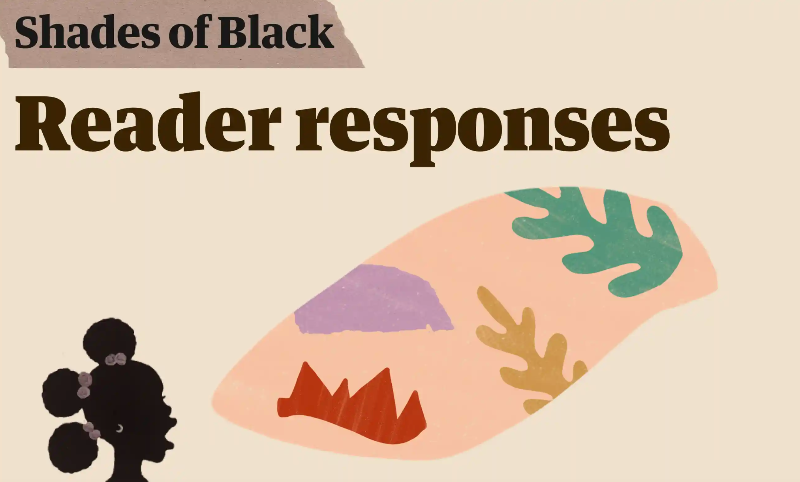“…by going beyond ‘Black’ and ‘White,’ we may construct new values, new institutions and new visions of an America beyond traditional racial categories and racial oppression.”
Community Conversation
Colorism

Part of what makes Ally Ring unique is that we’re always learning, growing and expanding our knowledge around anti-racism. And for good reason! There is no end to how much we can grow. We are just like you–passionate learners risking our comfort for the dream of justice for all. We approach this work humbly, curiously, and appreciative of any education that is shared with us from BIPOC authorities on their lived experience. This week I’m grateful to bring to you a topic that I’m growing my understanding and literacy in. Thank you for being on this journey with us and if you have any resources to share on this topic, please hit reply and send them!
So far, the articles we’ve shared with you around race have discussed white privilege and anti-blackness. However, the painful and political impacts of racism goes far beyond the Black/ White binary. Within the (small but mighty) Ally Ring core team, we’re fortunate enough to have diverse experiences to share, reflect on, and grow from together. In a conversation a few weeks ago with a colleague, I was gifted her story of experiencing colorism as a lighter-skinned mixed-Southeast Asian and I learned so much about the complexity of skin-tone prejudice from her sharing. There is colorism that exists within and on the spectrum between the socially constructed categories of “Black” and “White”. Colorism has real consequences for peoples’ lives and well-being. It’s important that we learn about it so that we can change it.
Gillian
Resources
Article
What is Colorism?
VeryWell Mind
This article is a great place to get started learning about colorism. It goes into the history related to slavery, the global implications, beauty standards, and so much more.
At the risk of going off track, I want to tangent for a moment to highlight a reflection. The article starts off by saying that “While some say that they are color-blind, it’s hard to deny that many people not only see color…”. I would contest that it’s not “many” people who see color, but “most all” people. Unless you are literally blind and unable to see, you see the color of people’s skin as clearly as you see the color green on leaves. Colorblindness is not a real thing. It’s a way for people with skin-color privilege (i.e. paler skin) to stay protected from the discomfort of facing how racism negatively affects people. The work starts for each of us by acknowledging how our racist culture has impacted our internalized racism. There’s no shame in this! We’re ALL affected by it, even people of color and people with marginalized identities. That’s the beauty in Step 2 of our journey. Learning about the history of how racism emerged and has been reinforced over centuries depersonalizes racism and actually makes it easier to engage with our personal work. Once we tell the truth about where we are, we can start to change our reality together.
Ok! Tangential rant over..for now 😉
Article
Shades of Black: how readers responded to our series on the colorism taboo
The Guardian
Get ready to be moved. This is a compilation of stories shared with me by a colleague. These are raw, vulnerable, and deeply personal stories responses to the Guardian asking readers how they have experienced colorism in their lives. I was also struck by the complexity in responses. One share that stands out to me is one from a Black woman who had the lightest skin in her family of 5 and was made to feel as if she wasn’t Black and didn’t belong. While the ‘world’ may have granted her benefits, she felt rejected by her “in-group”.
Video
Light Skinned Privilege | Decoded
MTV Impact
If you’ve followed us from the beginning, you’ll recognize Francesca, or her YouTube name of Chescaleigh. We shared her video of how to be an Ally in our first newsletter. We’re bringing her back for this powerful share on how colorism shows up in the media, especially with lighter-skinned Black women celebrities being given access and fame more than their darker-skinned counterparts. Francesca gets into the origins of colorism in slavery and distinguishing the roles of enslaved people based on skin color. Definitely don’t miss this engaging and educational video.
Format 4
Title 4
Author 4

Lorem ipsum dolor sit amet, consectetur adipiscing elit. Ut elit tellus, luctus nec ullamcorper mattis, pulvinar dapibus leo.


